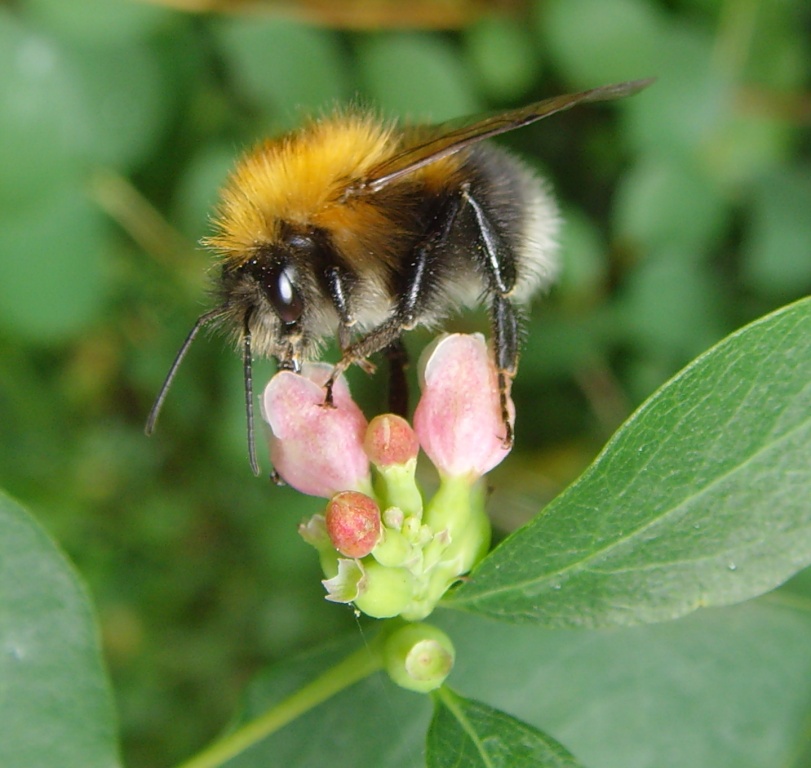British Potter & Mason Wasps: Key - M. Archer
Francis Morice was born on June 23rd 1849 in St. John’s Wood. His father, D.S. Morice, came from Canterbury (though he was of Scottish extraction), whereas his mother hailed from Dorset. His early education was received at a number of private schools, including Uppingham, which he joined when he was eleven. Four years later (1864) he went to Winchester and, at seventeen (1866), he entered New College, Oxford. There he read Classics, gaining a second class in Classical Moderations and a first in Lit. Hum. He also won the Chancellor’s Latin Essay Prize and became the first… Read more
Edward Saunders (1848-1910)
Edward Saunders was born at East Hill, Wandsworth on March 22 1848. His father was W.W. Saunders, who for a time, held a commission in the British Army (Royal Engineers). Young Edward was educated entirely at home and began an interest in natural history at an early age, beginning with the Coleoptera, though he also studied both botany and conchology. In 1864, when sixteen years old, he published his first paper, “Coleoptera at Lowestoft” in the Entomologist’s Monthly Magazine. Later, he began a very detailed study of the world Buprestidae, culminating… Read more
Bombus hypnorum map: 10 February 2018

Photo: Male at flowers of Snowberry; Somerset
By kind permission of Richard Mielcarek.
The map shows all the records received in 2017. We have received major support in this work from the Bumblebee Conservation Trust, and many records have also come in via iSpot, Facebook and iRecord.
The yearly membership is £20. All memberships become renewable on the 1st of January each year.
For members outside the United Kingdom, the EU membership rate is 30 euros.
Members receive a twice yearly newsletter.
On joining, new members receive a copy of the 155 page Members' Handbook, an invaluable aid for anyone studying bees, wasps and ants.
Download a Membership Application
Membership Benefits
Workshops
For… Read more
Bombus hypnorum - Summary of 2011 monitoring project
Following up the remarkable year of 2010 was always going to be a challenge, and I am pleased to report that the bee itself has undergone further extension of range and a massive amount of "infilling". That we are able to record this expansion has been due to the superb efforts of our many recorders from across the country. In all we received some 1630 records during the season which showed further consolidation in known areas, with many repeat observations. The total number of occupied grid cells now… Read more
Bombus hypnorum - Summary of 2010 monitoring project
After the successes of 2009, it was remarkable that 2010 would prove to be an even more successful season. The successes fall into two categories: Firstly, the bee itself. Strong consolidation in known areas, with many repeat observations, and on top of that, we have seen the long-awaited expansion westward, with records across south Wales and into the south-west peninsula, as far as eastern Cornwall. Secondly, the response of the BWARS membership, and the public at large have swelled the number of… Read more
Bombus hypnorum - Summary of 2009 monitoring project
2009 has seen further spread and considerable consolidation of Bombus hypnorum. For the second year running BWARS has collaborated with the Bumblebee Conservation Trust in gathering data, and some 470 records have been sent in over the last few months. The number of occupied grid cells has grown from 77 to 200 this year (almost a 260% increase in occupation). Only 30 cells from which we received data up to the end of 2008 had no repeat records this year. It is interesting… Read more
Website Links
Members Websites
Below are a selection of websites provided by BWARS members.
Steven Falk's Bombus pages on Flickr provide an extensive and very helpful resource for Bombus workers.
Michael Archer's (BWARS president) page at Academia contains over fifty of Michael's papers on aculeates, particularly the Vespidae.
antARK - Tim Holton's pages about ants.

